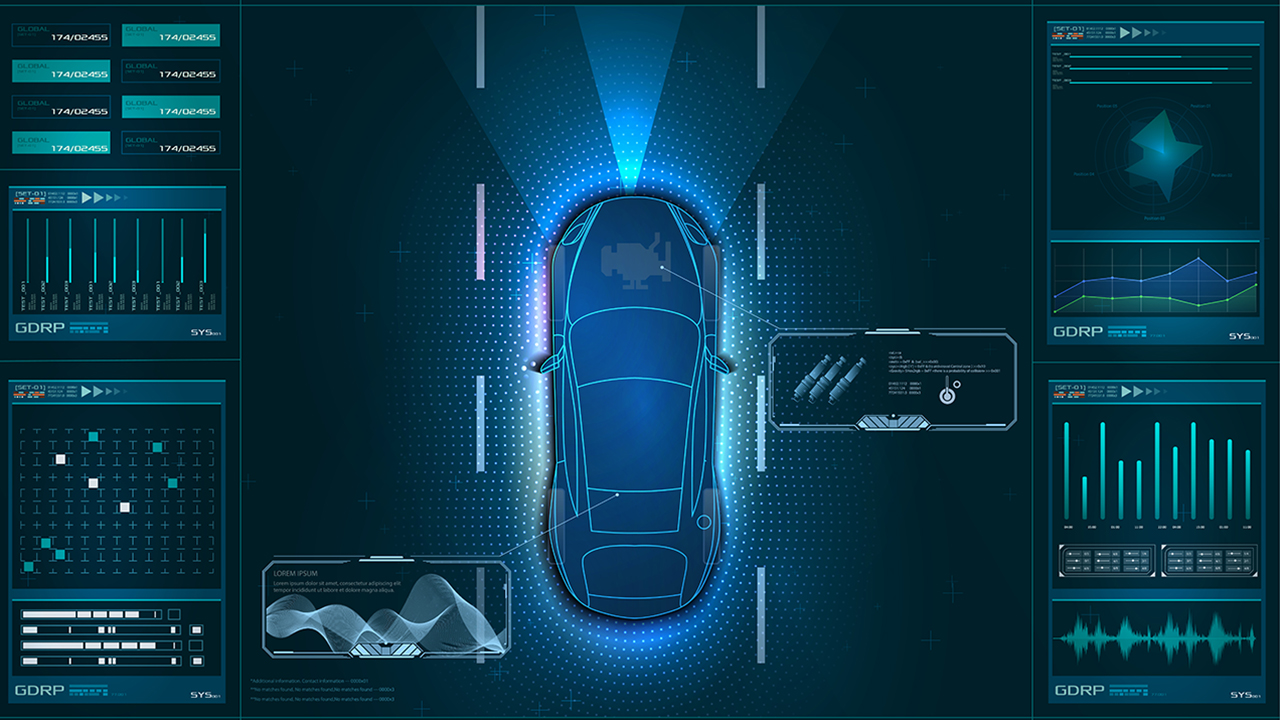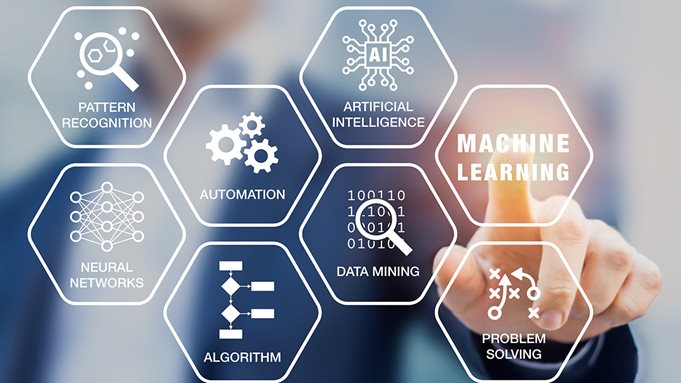Digi International, which was scheduled to hold a booth at Embedded World 2020, has withdrawn from the show due to the concerns about the spread of the coronavirus. Please see our announcement for more information.
At Digi, we are excited about all of the advancements in machine learning, IoT and embedded technologies fueling the future of Industry 4.0, connected vehicle technology and 5G enabled applications. We partner with a wide range of organizations in the commercial and industrial space in a symbiotic manner; Digi provides the enabling technologies and our customers and technology partners use them to deploy a final solution.
In this post we will talk about some of the exciting developments in the IoT and Industrial IoT industry, such as machine learning, that Digi technology is helping our customers and partners build today.
Evolution of 5G

One of the biggest stories of 2020 is 5G. Various vendors at Embedded World will be showing off first 5G components, such as 5G modems. With its high speed, very low latencies and greatly increased network capacity, 5G truly is a next generation technology representing an exponential improvement over existing infrastructure.
Besides enabling the first generation of truly self-driving cars, 5G will be adopted in a variety of other ways. A high bandwidth streaming virtual reality experience will be possible, as will HD entertainment streaming to cars. Streaming video will be a nice feature to enjoy in a self-driving car, once the driver is no longer required to pay attention to the road.
More than just fast, 5G also provides very low latencies combined with greatly increased, mission-critical network reliability. The reliability makes 5G an attractive solution to manufacturers, who need to connect hundreds or thousands of robots and sensors that cannot afford to miss a beat. A 5G network enabling near real-time communication between devices is a great way to modernize any factory floor towards Industry 4.0.
Essentially, any device, organization or company that requires a stable, low latency, high speed connection will benefit from 5G. That’s led some to say that 5G is going to be one of the most highly adopted technologies of the twenty-first century. From hospitals to highways to stadiums, this technology will be deployed soon across all major cities, supporting the most cutting edge applications we’ll see at this year’s Embedded World.
Connected Vehicle and Autonomous Vehicle Technology

The technology around vehicle safety is rapidly evolving, and powerful embedded and communications technology is at the heart of it - enabling more sophisticated developments to support the connected vehicle future. Previously, Dedicated Short Range Communication (DSRC) was the leading technology to solve this problem. But it never got wide adoption in the industry due to its lack of a clear roadmap. Cellular Vehicle to Everything (C-V2X) on the other hand has gained significant momentum and has a clear roadmap towards 5G and beyond.
5G will revolutionize the self-driving car and connected vehicle future. With a 5G connection, connected vehicles and self-driving cars will be able to talk to each other, brake automatically for hazards and pedestrians, and share data such as the speed they’re moving, their direction and when they’re braking. Once all the cars on the road are 5G-equipped they’ll be able to drive closer to each other, coordinate movements, avoid accidents and even share road conditions. For example, two cars moving in the opposite direction could share information about traffic or road hazards that they’ve encountered.
Note that much of the enabling technology for connected vehicles is in place, and Digi is actively deploying the communications infrastructure in smart cities today. Contact us to inquire.
Self-driving cars won’t just be using 5G to communicate with each other, however, they’ll also use 5G to communicate with traffic related devices. Stop lights, toll booths and parking meters are starting to communicate today via LTE, and the applications will communicate faster and take action based on data more quickly with full deployment of 5G.
Tolls will be collected automatically without the car having to slow down, parking meters will be paid automatically and self-driving cars will coordinate with stop lights for maximum efficiency and safety. No more motorists running a red light. In fact, if autonomous vehicles reach 100% market penetration, it’s likely that stoplights will be removed altogether. Cars will navigate intersections by communicating with each other. For now, however, a 5G-enabled stoplight can offer a number of safety benefits.
It’s not just cars that are going autonomous either. Buses are also being converted for autonomous use. Although they’re larger and more difficult to drive, in some ways it’s easier to build a self-driving bus. The largest technological hurdle with a self-driving car is that it must be able to view and react to an ever-changing environment in real time. A bus on the other hand drives a set route that can be exhaustively mapped so that every mailbox, fire hydrant, stop light and crosswalk is known in advance.
The technology is advanced enough, in fact, that real world trials are already planned. Scania is set to begin an autonomous bus trial program outside of Stockholm this year. Should the pilot prove successful, Scania plans to roll out autonomous buses in the Stockholm city center. Volvo has also demonstrated the capabilities of its autonomous bus, although at this time they suggest that the self-driving mode will be limited to the bus parking and recharging in the depot. All of these exciting developments, and more, are made possible by the types of sensors, 5G modems and microprocessor systems on display this year at Embedded World 2020.
Advances in Sensors, Modules and Machine Learning

Behind the scenes in any Internet of Things application is the embedded technology, connectivity and intelligence to make it all work. Across the medical, industrial, commercial and consumer landscapes, devices and technology are being driven by growing markets. For example the medical electronics market alone is expected to grow at a CAGR of 4.6% between now and 2025, reaching $6.6 billion USD.
Those who do attend Embedded World 2020 will see showcased advances in sensor, system-on-module and imaging technology supporting applications such as:
- Medical IoT: Wearables, implantables, medical devices and precision medical applications.
- Smart cities: Smart traffic management, connected vehicle technology, public transportation, city lighting and water/wastewater management.
- Smart factory: Industry 4.0 connectivity in robotics, automation and supply chain efficiency.
For example, sensors and connected devices designed into IoT applications, and augmented by machine learning technology, will soon replace more invasive data gathering methods in the medical space, support connected vehicle technology to improve vehicle and pedestrian safety in cities, and enable robots to detect anomalies in production line output.
Machine learning, one of the most popular and promising concepts to create embedded intelligence will grow in importance and popularity in 2020 and beyond. This advanced enabling technology makes it possible to train electronic devices to perform rapid detection and therefore enable rapid decision making. Machine learning is destined to have enormous implications for advancements in medical technology, agriculture, autonomous vehicle technology, and Industry 4.0 applications.
Connect and Learn More
If you are evaluating technology partners for your next innovation, to start a conversation.
Stay in the know. Be sure to subscribe to the blog to receive notification of new blog posts on related topics.